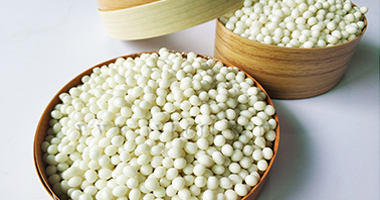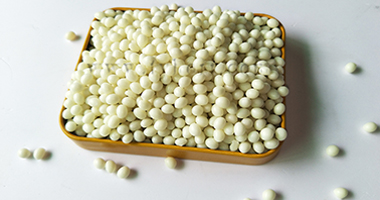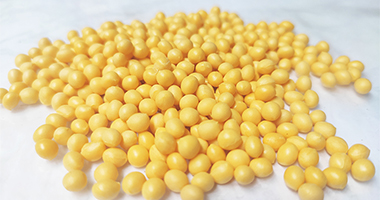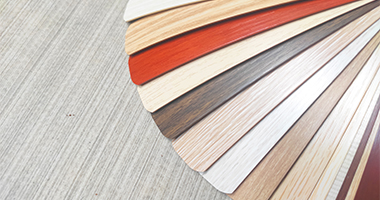In the production of panel furniture, the role of edge-sealing hot-melt granules can be said to be unseen, not only can not promote the quality and grade of furniture, but also improve the production efficiency of manufacturers, reduce the difficulty of correction of the board. For the technical staff engaged in the production of woodworking and furniture, understanding the environmentally-friendly edge-sealing hot-melt granules is beneficial to their work, and for the general public, it expands the knowledge.
1. What is the development history of environmentally friendly edge-sealing hot-melt granules?
From the late 1970s, hot melt granules began to enter the wood industry for edge banding, plywood cores, slab splicing, and furniture splicing. In the early days, China's equipment development was immature, mainly relying on hot-melt granule equipment in the United States, West Germany, Italy and other countries. However, after the market expanded and the equipment technology became more mature, the furniture factories in China began to actively invest in hot melt. Granular glue equipment.
Second, what is environmental protection edge-sealing hot melt granules?
It is a kind of adhesive specially used for the bonding of artificial boards. It is an environmentally friendly, solvent-free thermoplastic glue. When the hot-melt granules are heated to a certain temperature, that is, from a solid state to a molten state, when applied to the surface of the artificial board substrate or the edge-sealing material, the cooling becomes solid, and the material is bonded to the substrate.
Third, the edge-sealing hot-melt granules can be divided into several categories?
According to the base material, it can be divided into three categories:
1. EVA (ethylene-vinyl acetate copolymer resin) base material hot-melt granule glue, which can be divided into two types: filler and non-filler. The limitation is that the heat resistance function is poor;
2, POL YAMIDE (polyamide) base hot melt granules, with good heat resistance and fast curing characteristics, but expensive;
3, HMPU (polyurethane) base material hot melt granule glue, excellent performance, often used for high quality sheet, but expensive, special use method.
According to different temperatures, there are high temperature, medium temperature, low temperature and other furniture edge sealing hot melt granules.
4. Does the viscosity of the environmentally-sealed hot-melt granules reflect the performance of the glue?
In general, the higher the viscosity of the edge-sealed hot-melt granules, the better the initial tack strength, but the worse the coating function. The low-viscosity hot-melt granules have a small amount of glue, and the wetting function is better. Some hot-melt granules with low viscosity and fast curing speed may also have high initial tack strength. Therefore, the viscosity of the environmentally-sealed hot-melt granules does not directly reflect the performance of the glue.
For poor quality particleboard, low-viscosity hot-melt granules should not be used for edge sealing, but hot-melt granules with higher viscosity should be used. The high-viscosity hot-melt granules have poor activity, and the glue does not enter the pores of the edge of the particleboard as easily as the low-viscosity hot-melt granules, so that the hot-melt granules can be fully applied to the edge of the sheet.
5. What is the softening point of environmentally friendly edge-sealing hot melt granules?
The softening point of the edge-sealing hot-melt granule is an important aspect to measure the temperature resistance of panel furniture. The higher the softening point, the harder it is to melt the edge-sealed hot-melt granules. It can be said that the softening point is an index indicating the heat-resistance function of the edge-sealing hot-melt granules.
 What are the characteristics of environmentally friendly edge sealing hot melt adhesives?
What are the characteristics of environmentally friendly edge sealing hot melt adhesives?
 Appearance And Prospect Of Edge Sealing Hot Melt Adhesive
Appearance And Prospect Of Edge Sealing Hot Melt Adhesive
 What kinds of situations often occur when hot melt adhesive particles are used in furniture edge sealing?
What kinds of situations often occur when hot melt adhesive particles are used in furniture edge sealing?
 Reasons for the open edge of the edge band
Reasons for the open edge of the edge band